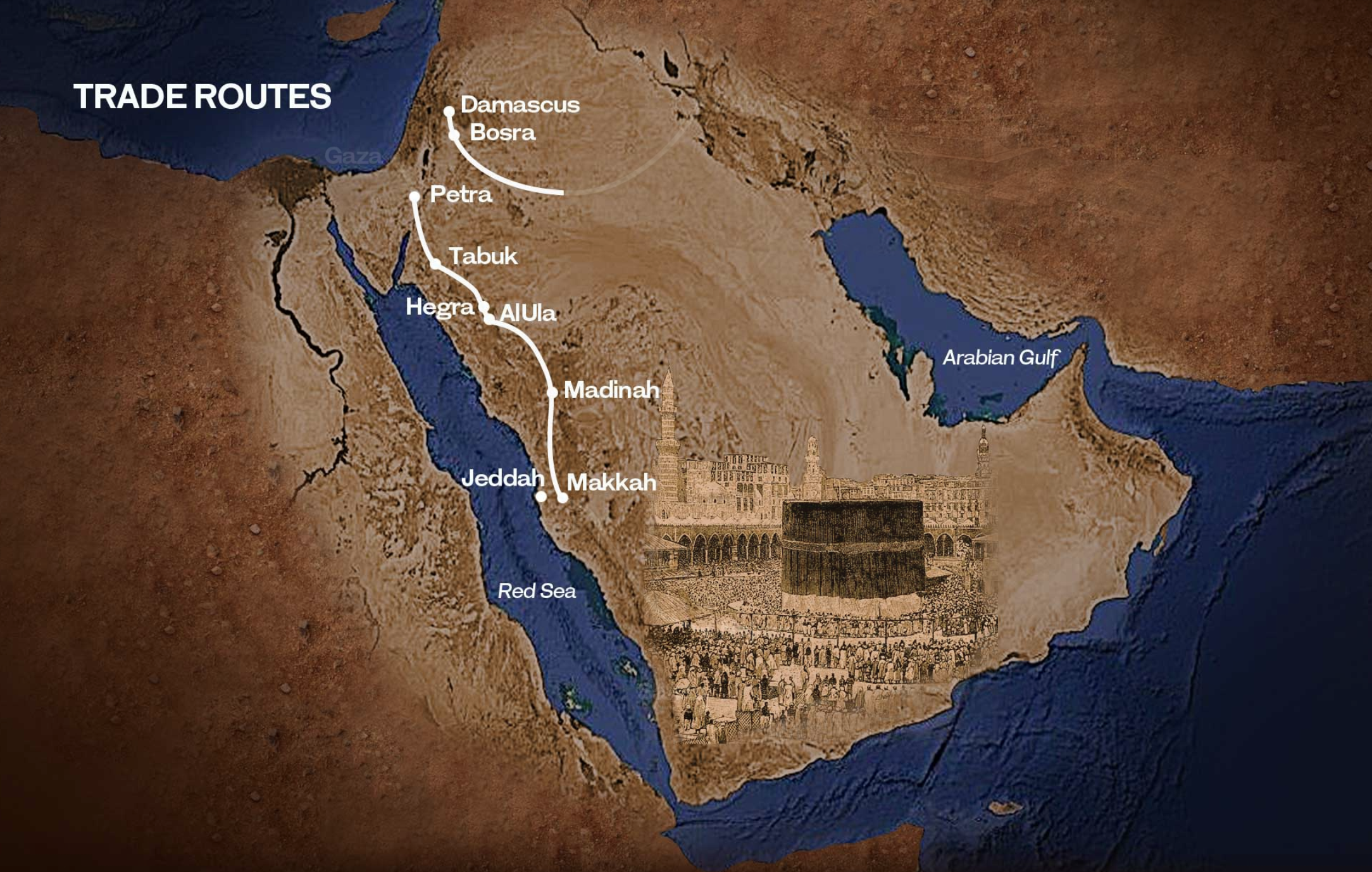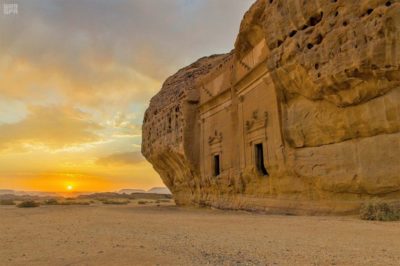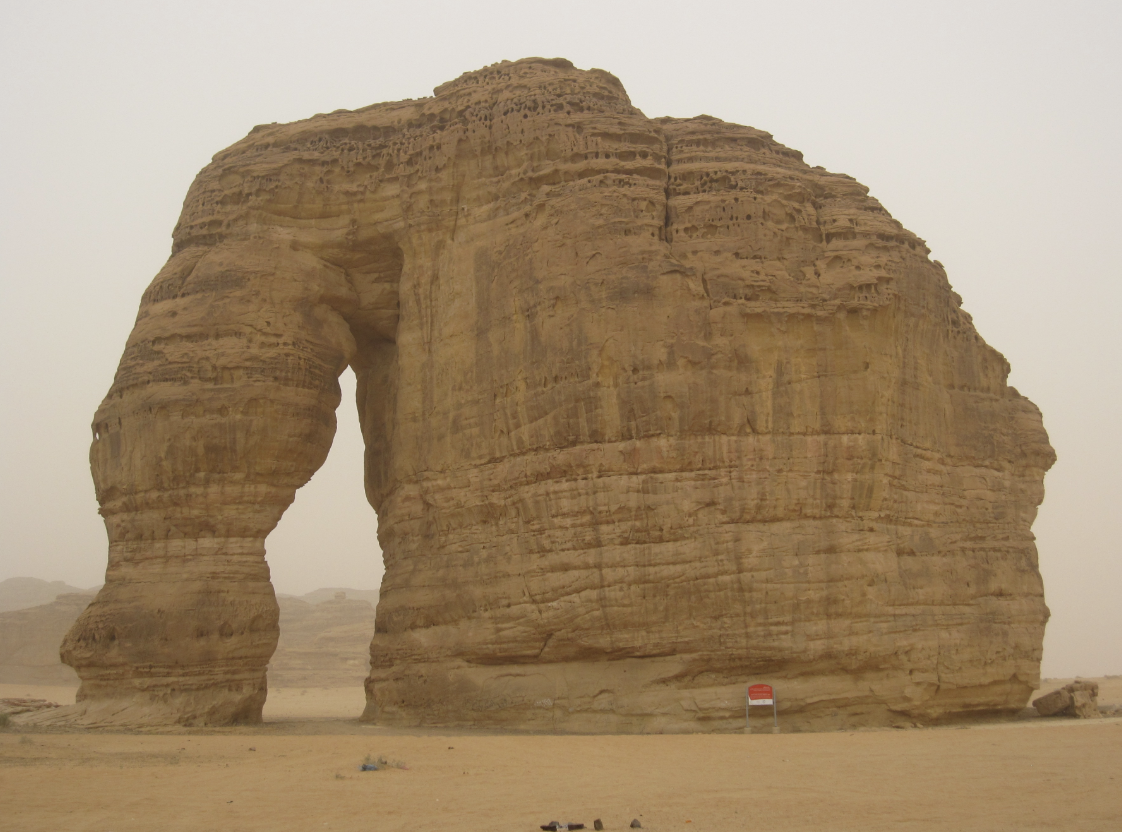Saudi Arabia has kicked off an international five-year long archaeological mission to excavate key sites at Al-Ula in the Kingdom, the ancient heritage site of the Dadan and Lihyan kingdoms.
Al Ula, known as Hegra or Madain Saleh to locals, is a large heritage site in north-western Saudi Arabia that holds tombs built by the Nabataeans in the first century BC. The Nabateans are believed to have travelled down the Arabian peninsula to distance themselves from the Romans.
The archaeological mission is a result of the working partnership between the Royal Commission for Al-Ula, King Saud University, the French Agency for Al-Ula Development and the French National Center for Scientific Research (FNCSR), according to reports. Dr. Abdul Rahman Al-Suhaibani, an official of the museums and exhibitions team at the Royal Commission for Al-Ula and co-supervisor of the project, and Jerome Rohmer of FNCSR said that pinpointing the real history and cause of the downfall of the Dadan Kingdom is one of the main areas that the team wanted to ascertain during the mission, Saudi Gazette via Zawya reports.

Graphic via Arab News.
“We do know that Dadan Kingdom came to an end by the end of the sixth century BC without any strong evidence to support this, and we can only guess the reasons behind the flight of this civilization from the region. We aspire to learn more about the relationship between Dadanians and the Lihyans, another Arab kingdom from the region, and their relationship with the Nabataeans who arrived from the north later.”
The excavations that are expected to continue for five years until 2024 to register the Kingdom’s history that date back to more 2700 years ago, in addition to highlighting its pivotal role in the domestic routes of ancient trade.

Madain Saleh, an archaeological site located in Al-Ula, in the Madinah Region in the Hejaz, Saudi Arabia.
Al-Ula was a vital crossroads along the famous incense-trading routes running from southern Arabia north into Egypt and beyond.
According to the Saudi Gazette, the new campaigns will focus on four main areas, based on findings started by King Saud University in 2004:
• To know the true function and dates of work of the Islamic castle near the Kingdom of Dadan, which was rebuilt by the Dadanians when they settled down in the region;
• To get a correct chronology and knowledge of stratigraphy of the Dadan temple that was unearthed;
• Further excavation in a large building recently discovered south of the Dadan temple to determine the purpose and date of its construction;
• Wider excavation campaigns at Dadan cemeteries to help archaeologists gain a better understanding of Dadan funerary practices.









